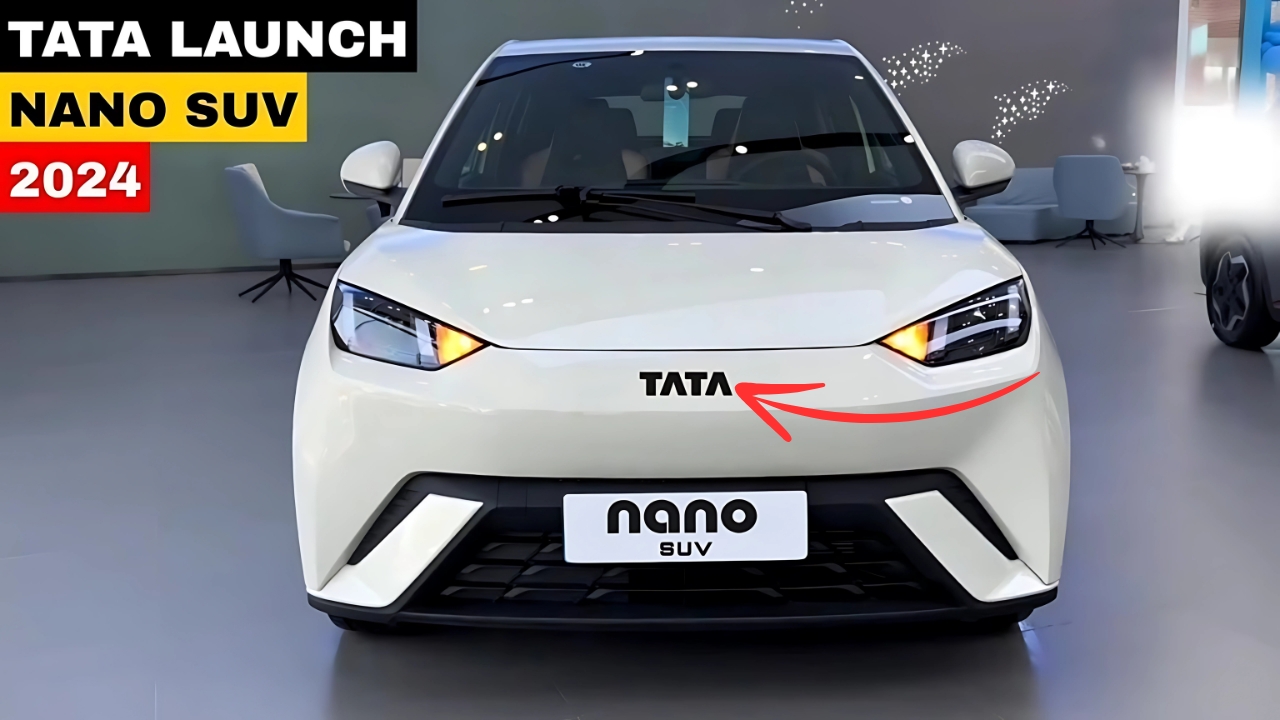In the annals of automotive history, few cars have stirred as much excitement, controversy, and debate as the Tata Nano.
Launched in 2009 with the ambitious goal of putting four wheels within reach of millions of Indian families, the Nano was hailed as a revolutionary product that would transform the landscape of personal transportation in emerging markets.
The Vision Behind the Nano
The brainchild of Ratan Tata, then-chairman of the Tata Group, the Nano was conceived after he observed a family of four precariously balanced on a scooter, a common sight on Indian roads.
This sparked a vision: to create a safe, affordable alternative for such families. The target price? An astonishing 1 lakh rupees (approximately $2,000 at the time), earning it the moniker “The One Lakh Car.”
Engineering Marvel or Compromised Design?
Creating a car at this price point was no small feat. Tata engineers had to rethink every aspect of automobile design and manufacturing. The result was a car that broke several conventions:
- Rear-Engine Layout: To save costs and space, the Nano featured a rear-mounted engine, a rarity in modern car design.
- Minimalist Interior: The cabin was stripped down to the essentials, with a single windshield wiper and a basic speedometer.
- Lightweight Construction: Extensive use of plastic and adhesive bonding reduced weight and manufacturing costs.
- No Frills: Early models lacked power steering, air conditioning, and even a radio as standard features.
These design choices sparked debates among automotive enthusiasts and critics alike. Some hailed it as an engineering marvel, while others saw it as a compromised product that sacrificed too much in pursuit of affordability.
Market Reception: A Rocky Road
The Nano’s launch was met with unprecedented hype. Bookings flooded in, and Tata Motors found itself overwhelmed with demand. However, this initial enthusiasm soon gave way to challenges:
- Production Delays: Issues with the original plant location led to significant delays in delivery.
- Safety Concerns: Reports of a few Nanos catching fire (later addressed by Tata) dented public confidence.
- Aspirational Mismatch: Many potential buyers, even in the target demographic, aspired for more “upmarket” options.
- Stigma: The “cheapest car” tag, initially a selling point, became a deterrent for status-conscious consumers.
Despite these hurdles, the Nano found its niche. It became popular as a second car for families, a learning vehicle for new drivers, and even as a fleet vehicle for some businesses.
Evolution of the Nano
Recognizing the changing market dynamics, Tata Motors continually evolved the Nano:
- Nano Twist: Introduced power steering, addressing a major criticism of the original model.
- Nano GenX: Added an automated manual transmission option, making it more appealing to urban drivers.
- Nano eMax: A CNG variant that further reduced running costs.
- Interior Upgrades: Later models featured improved interiors with better materials and more features.
These iterations aimed to reposition the Nano from “the cheapest car” to “the smart city car,” but sales remained below expectations.
Impact on the Indian Automotive Landscape
While the Nano may not have achieved its lofty sales targets, its impact on the Indian automotive industry was profound:
- Supplier Ecosystem: The project pushed suppliers to innovate and reduce costs, benefiting the entire industry.
- Manufacturing Processes: Tata’s innovations in low-cost manufacturing influenced other automakers.
- Market Expansion: The Nano helped expand the entry-level car market, bringing new buyers into the fold.
- Global Attention: It put the spotlight on India’s potential as a hub for frugal engineering and innovation.
The Nano’s Legacy
As production of the Nano wound down in 2018, debates about its success or failure continued. However, viewing the Nano solely through the lens of sales figures misses the bigger picture.
The Nano was more than just a car; it was a bold statement about mobility, innovation, and the potential of emerging markets.
- Inspiration for Frugal Innovation: The Nano project inspired a wave of frugal innovations across industries, not just in India but globally.
- Challenging Conventions: It forced the automotive industry to rethink assumptions about car design and pricing.
- Social Impact: While it may not have replaced two-wheelers as envisioned, it did provide a safer alternative for many families.
- Brand Building: The project significantly enhanced Tata Motors’ global profile and demonstrated its engineering capabilities.
Looking Ahead: The Nano’s Spiritual Successors
While the original Nano is no longer in production, its spirit lives on in various forms:
- Electric Mobility: Tata Motors has hinted at the possibility of an electric Nano, aligning with the global shift towards EVs.
- Micro-Mobility Solutions: The Nano’s philosophy has inspired various micro-mobility concepts for congested urban environments.
- Affordable Safety: Other manufacturers have taken up the challenge of creating safe, affordable transportation options for emerging markets.
Tata Nano : A Bold Experiment in Mobility
The Tata Nano’s journey from concept to production and eventual discontinuation is a fascinating case study in automotive innovation, market dynamics, and the challenges of creating disruptive products.
While it may not have achieved its original goal of putting every Indian family in a car, the Nano succeeded in challenging preconceptions, inspiring innovations, and sparking crucial conversations about mobility in emerging markets.
As we look to the future of transportation, with its focus on electrification, shared mobility, and urban-friendly designs, the lessons learned from the Nano project continue to be relevant.
The “people’s car” may no longer be on the roads, but its impact on the automotive world, and on India’s reputation for frugal innovation, will be felt for years to come.
In the end, the Tata Nano stands as a testament to the power of dreaming big, the challenges of executing revolutionary ideas, and the unpredictable nature of consumer markets.
It remains a proud chapter in India’s automotive history, a bold experiment that dared to reimagine what a car could be and who it could be for.
